How Much of the Ocean Has Been Explored: The Frontier
How much of the ocean has been explored? Despite covering over 70% of Earth’s surface, the ocean remains largely a mystery. Scientists estimate that more than 80% of the global ocean is unmapped, unobserved, and unexplored.
This lack of knowledge makes the ocean one of the final frontiers of human discovery, holding secrets about marine life, climate systems, geology, and potentially even unknown civilizations or resources.
The Scope of the Unexplored Ocean
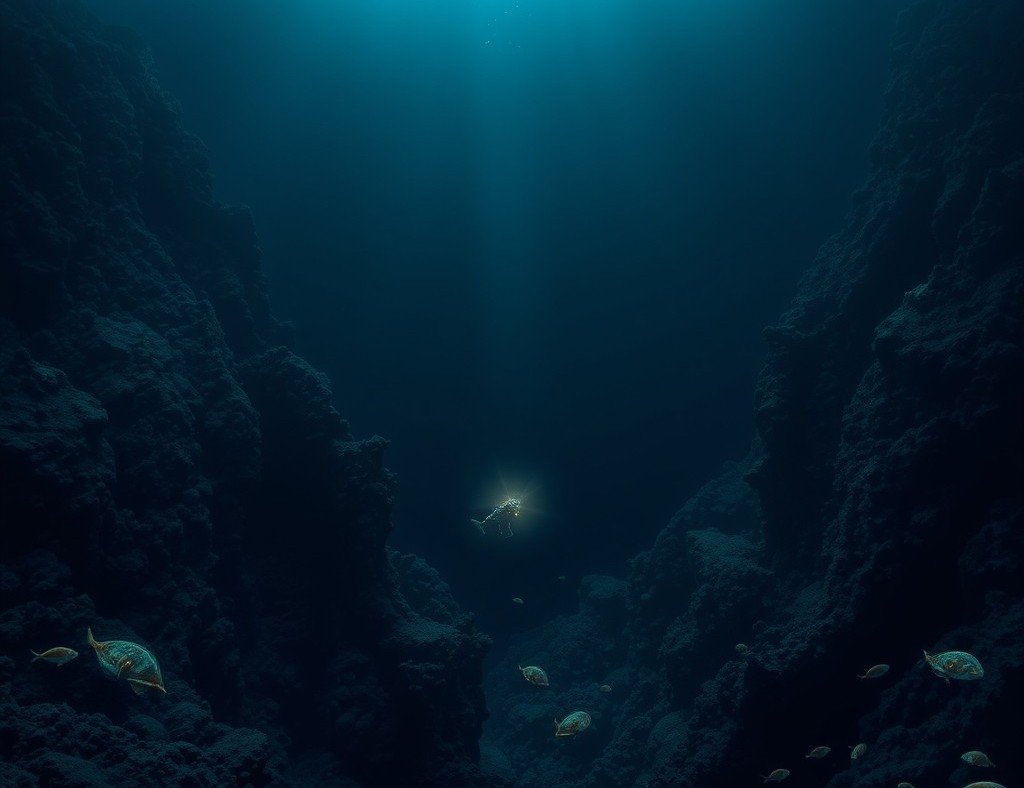
According to the U.S. National Oceanic and Atmospheric Administration (NOAA), only about 24% of the ocean floor has been mapped using modern sonar technology. The rest remains a dark unknown, especially in the deepest regions like the Mariana Trench.
While humans have visited space extensively, fewer people have reached the deepest parts of our oceans. Ocean exploration is hindered by extreme pressure, frigid temperatures, and vast distances. Unlike the sky, which can be observed from Earth with telescopes, the ocean must be physically entered or scanned with specialized equipment.
Historical Efforts in Ocean Exploration
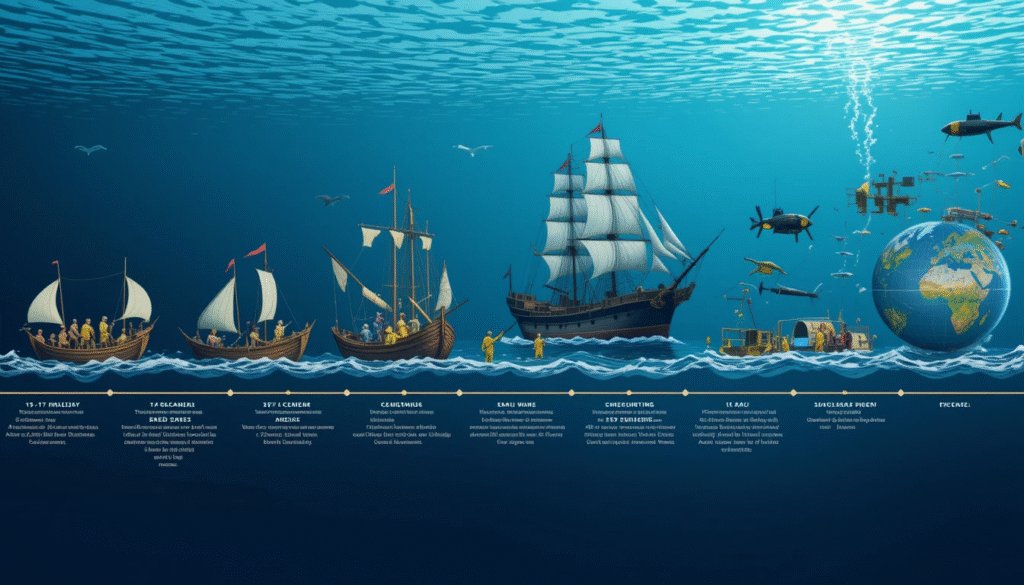
Ocean exploration has a long but uneven history:
- Ancient navigation: Early civilizations like the Polynesians navigated the seas with the help of stars and wave patterns.
- Age of Discovery: In the 15th–17th centuries, European explorers began mapping coastlines and trade routes.
- Challenger Expedition (1872–1876): The first true oceanographic survey, it laid the groundwork for modern marine science.
- 20th Century Advances: Submarines, sonar, and satellites emerged, providing the first glimpses of the deep sea.
- Present Day: Robotic submersibles, autonomous drones, and ocean-floor mapping projects like Seabed 2030 continue to fill in the gaps.
Why Is the Ocean So Difficult to Explore?
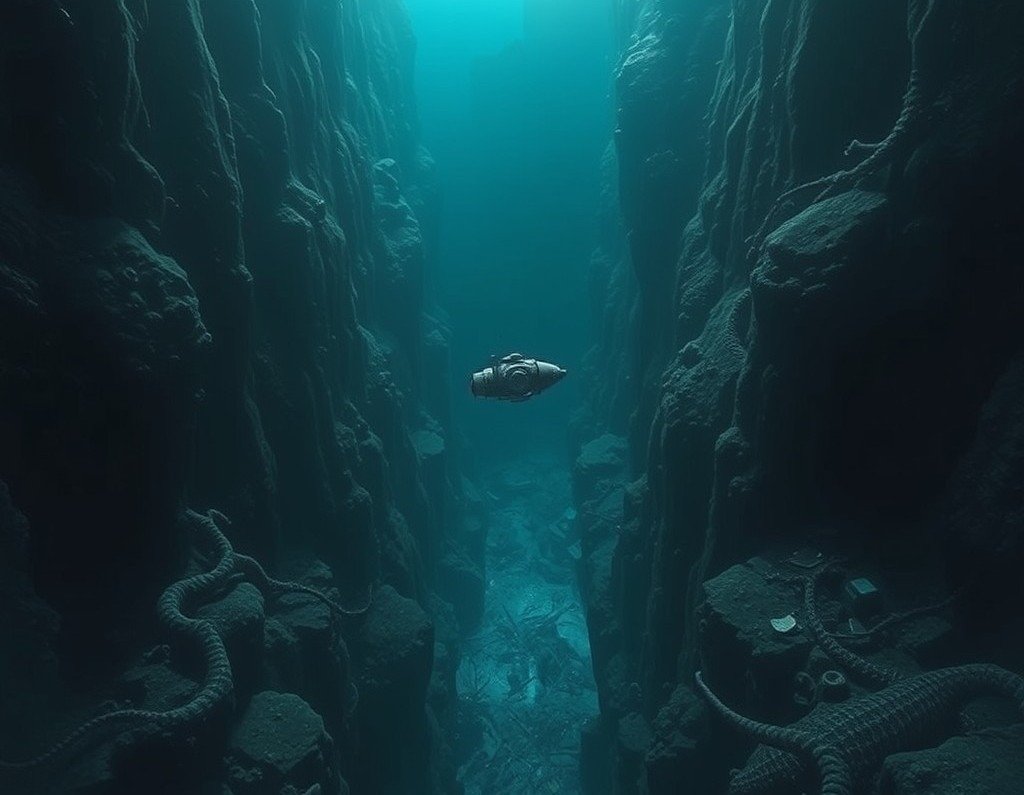
There are several reasons why the ocean remains largely uncharted:
1. Extreme Pressure
At depths beyond 1,000 meters, the pressure becomes immense—over 100 times the atmospheric pressure at sea level. This crushes unprotected equipment and limits human access.
2. Darkness
Sunlight barely penetrates beyond 200 meters. Most of the ocean exists in perpetual darkness, requiring artificial lighting for visibility.
3. Technological Challenges
Deep-sea exploration demands advanced submersibles, ROVs (remotely operated vehicles), and AI-enhanced data collection tools. These are expensive to develop and deploy.
4. Vast Area
With over 360 million square kilometers of surface area, the ocean is an enormous space to cover. Even if mapped at 1% per year, it would take centuries to finish.
5. Cost
Ocean expeditions are costly, often requiring international funding and collaboration. A single deep-sea dive mission can cost millions.
Tools and Technologies for Ocean Exploration
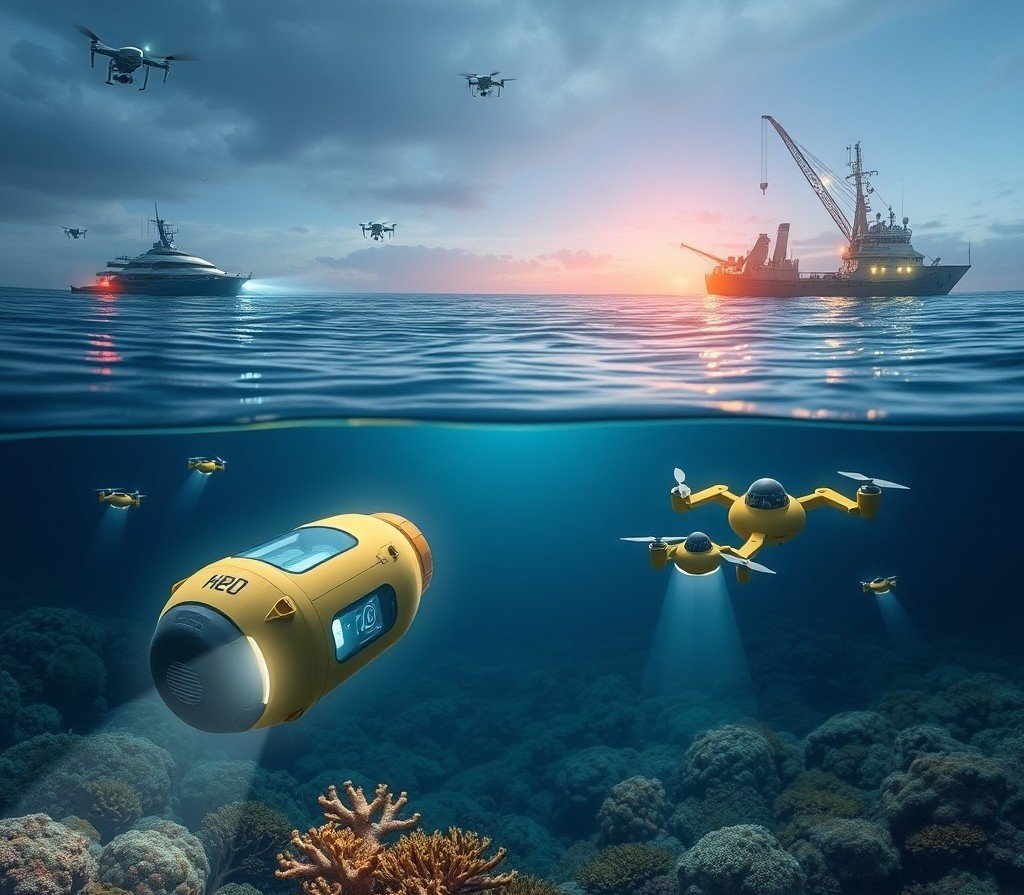
Modern oceanographers rely on a variety of tools:
1. SONAR (Sound Navigation and Ranging)
This technology uses sound waves to detect objects and map the seafloor. Multibeam sonar systems offer detailed 3D maps of underwater terrain.
2. ROVs and AUVs
- ROVs are tethered to ships and piloted remotely.
- AUVs (autonomous underwater vehicles) operate independently. These machines can capture high-resolution images and collect biological samples.
3. Satellite Remote Sensing
While satellites can’t see the ocean floor directly, they can detect sea surface temperatures, wave heights, and surface changes that hint at underwater features.
4. Underwater Drones and Gliders
Newer lightweight robots can stay submerged for months, transmitting data in real-time to researchers.
5. Human Submersibles
Pioneered by missions like James Cameron’s Mariana Trench dive, manned submersibles can reach the deepest points but are rare and expensive.
Discoveries from Ocean Exploration
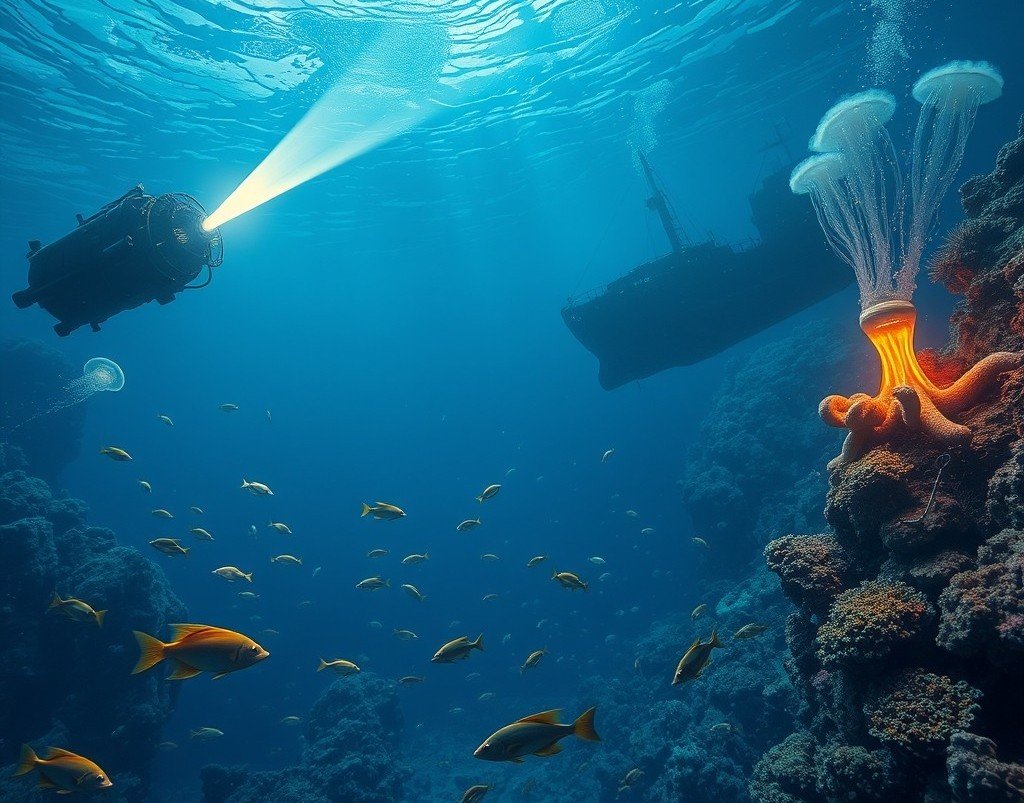
Despite the limited exploration, scientists have uncovered incredible findings:
- Hydrothermal Vents: Found in the 1970s, these deep-sea ecosystems thrive without sunlight, relying on chemosynthesis.
- Deep-sea Creatures: Anglerfish, giant squids, and bioluminescent jellyfish inhabit ocean depths and defy our expectations of life.
- Underwater Mountains and Volcanoes: Thousands of seamounts and volcanic ridges lie undiscovered.
- Sunken Ships and Cities: From the Titanic to ancient shipwrecks, the ocean holds archaeological treasures.
- Carbon Storage: Deep-sea sediments store carbon, impacting climate models.
The Role of International Collaboration
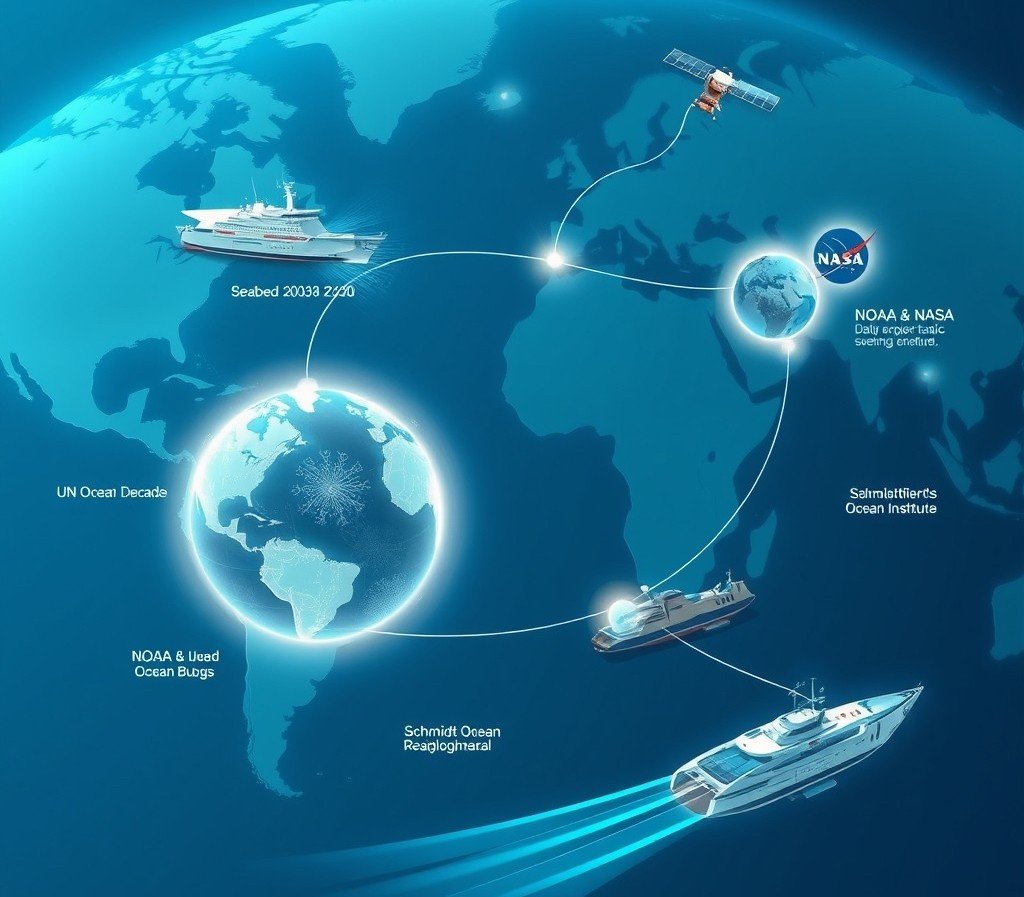
Global projects are vital to filling knowledge gaps:
- Seabed 2030: A joint initiative to map the entire ocean floor by 2030.
- UN Decade of Ocean Science (2021–2030): Promotes sustainable development through ocean research.
- NOAA & NASA: Partner on projects combining oceanic and atmospheric studies.
- Schmidt Ocean Institute: Funds open-source ocean research missions.
Threats to the Unexplored Ocean
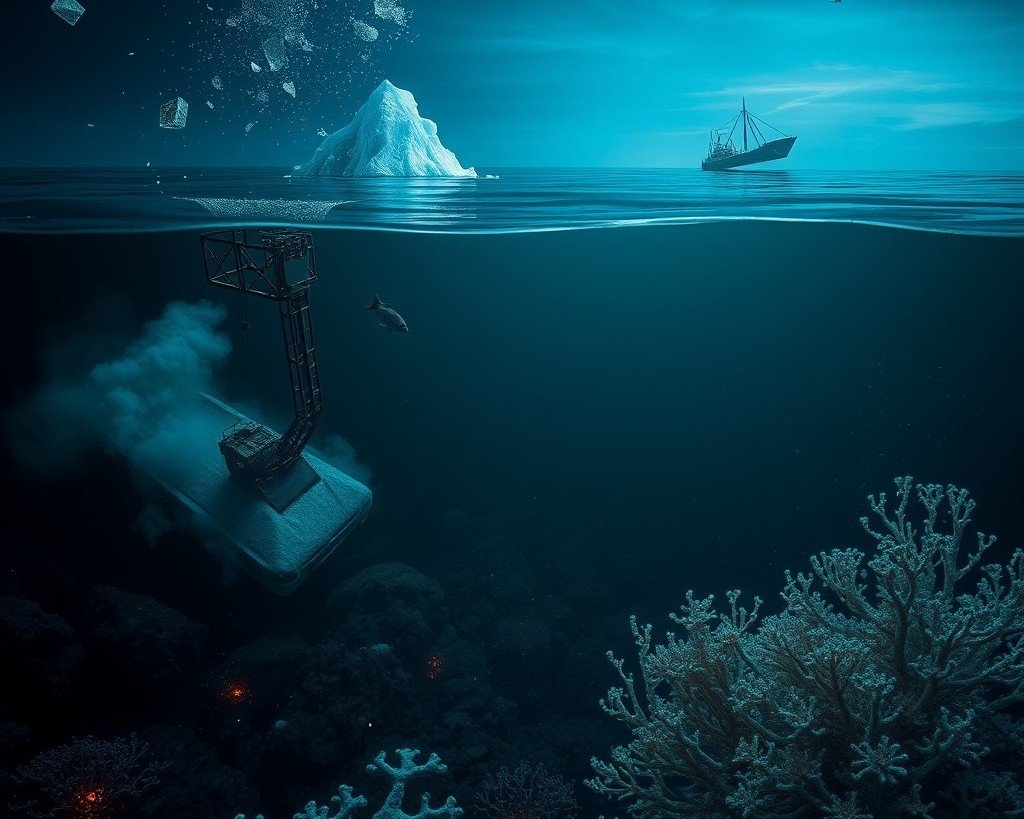
Despite being unseen, deep oceans face growing threats:
1. Deep-Sea Mining
Companies seek minerals like cobalt and rare earth elements from the ocean floor. Mining could disrupt fragile ecosystems.
2. Climate Change
Warming waters, acidification, and melting polar ice affect currents, biodiversity, and oxygen levels.
3. Pollution
Plastic waste and microplastics have reached the deepest ocean trenches.
4. Overfishing
Industrial fishing techniques deplete marine populations, even in remote regions.
The Future of Ocean Exploration
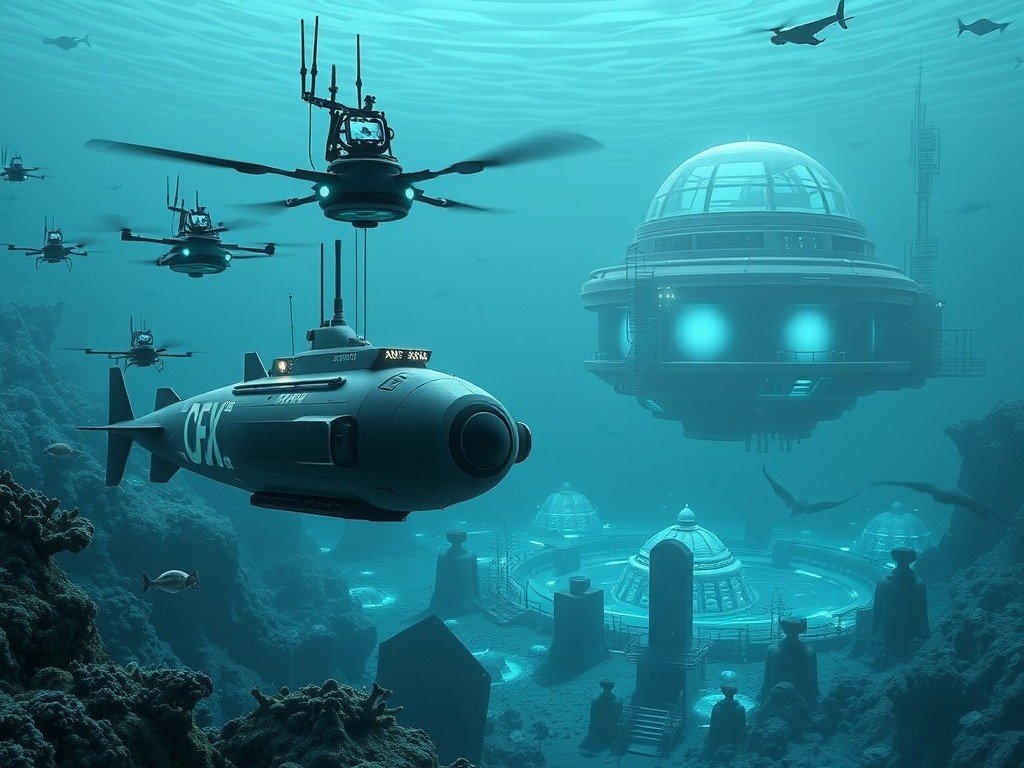
The next decade promises exciting breakthroughs:
- AI and Machine Learning: Help process massive data sets from sonar and satellite.
- Bio-prospecting: Searching for new compounds in deep-sea organisms with potential for medicine.
- Interplanetary Analogues: Exploring Earth’s ocean helps prepare for missions to Europa or Enceladus—moons with subsurface oceans.
- Public-Private Partnerships: Tech companies are entering the space, bringing innovation and investment.
Conclusion
We have explored less than a fifth of our oceans, leaving vast swaths uncharted. With advancing technologies and global cooperation, we’re slowly peeling back the layers of mystery. The unexplored ocean holds keys to Earth’s past, present, and future—from alien-like creatures to climate-saving ecosystems. Now more than ever, it’s vital to invest in understanding and protecting this final frontier.
FAQ’s
1. Why is 95% of the ocean unexplored?
Because of its vastness, extreme depths, crushing pressure, and lack of light, making exploration difficult and costly.
2. Will humans ever explore 100% of the ocean?
Unlikely anytime soon—technological and financial limits make full exploration incredibly challenging.
3. Why have we only searched 5% of the ocean?
Resources focus more on space and land; ocean exploration is slow and limited by current equipment.
4. Did we explore 20% of the ocean?
No, we’ve mapped about 20% of the seafloor, but only ~5% has been closely studied or visited.
5. Why did NASA stop exploring the ocean?
NASA never led full-scale ocean exploration—it shifted focus back to space after brief involvement in oceanic research.
6. What is the biggest mystery in the ocean?
Possibly the deep-sea creatures and ecosystems we’ve never seen—or the origin of unexplained sounds like the “Bloop.”


